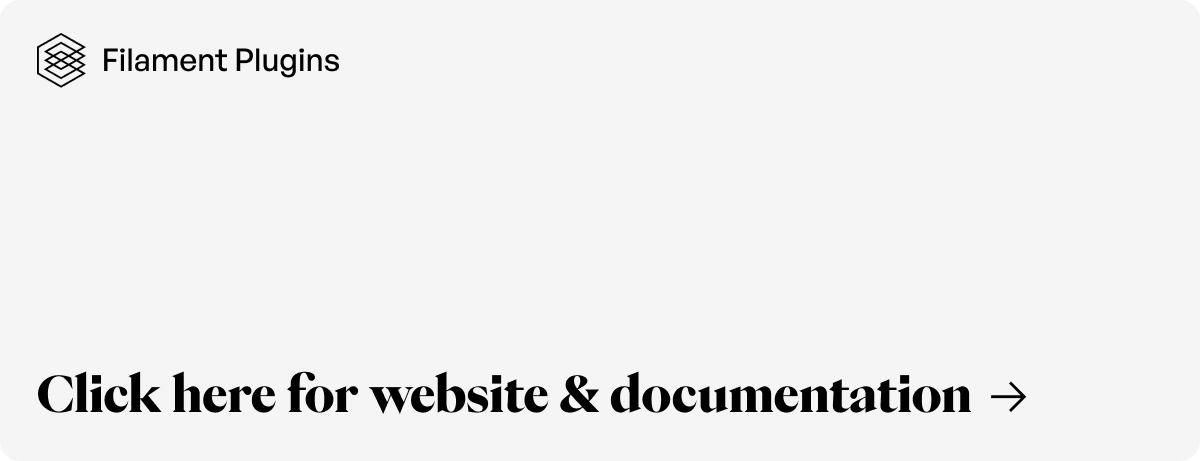Media Library Pro V4
A top-tier Media Management experience for Filament. Easily give your users the ability to upload, organise, and manage media files with advanced features like custom actions, filters, sorters, and permissions.
Form Builder
Kit
Infolist entry
Table Column
Form Editor Field
Form Field
Panel Builder
S
Spatie Integration
Dark theme support
Yes
Multi language support
Yes
Compatible with the latest version
Supported versions:
2.x - 3.x - 4.x
More from this author
Auto Translator
A revolutionary new way to start translating your Filament application. Fully automate the tedious task of coming up with and referencing translation keys.
13
Activitylog Pro
Easily add beautiful timelines to your Filament apps – inside panels or stand-alone. Integrates with Spatie Activitylog.
82
SEO
This package is a convenient helper for using the laravel-seo package with Filament Admin and Forms.
106

